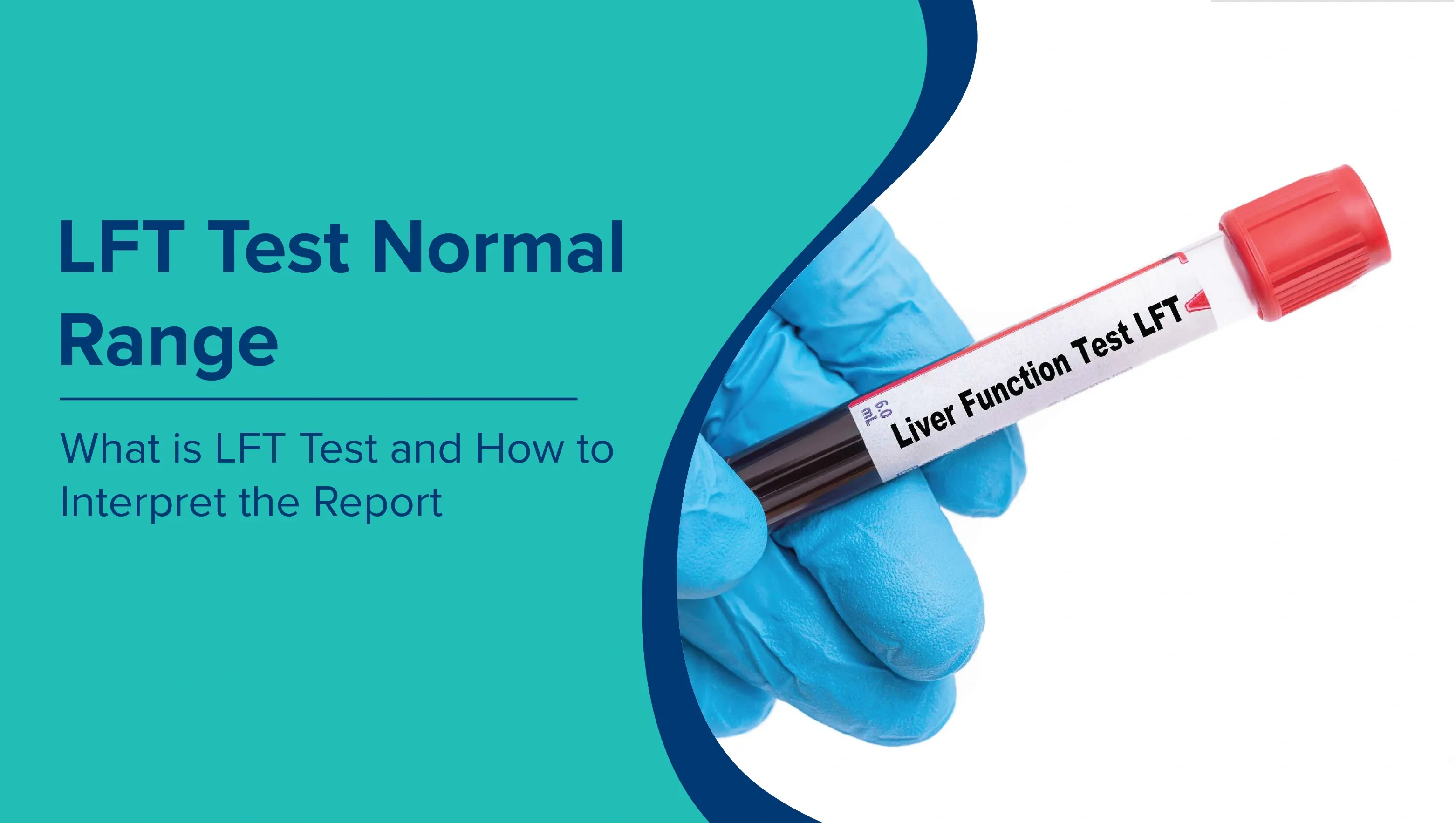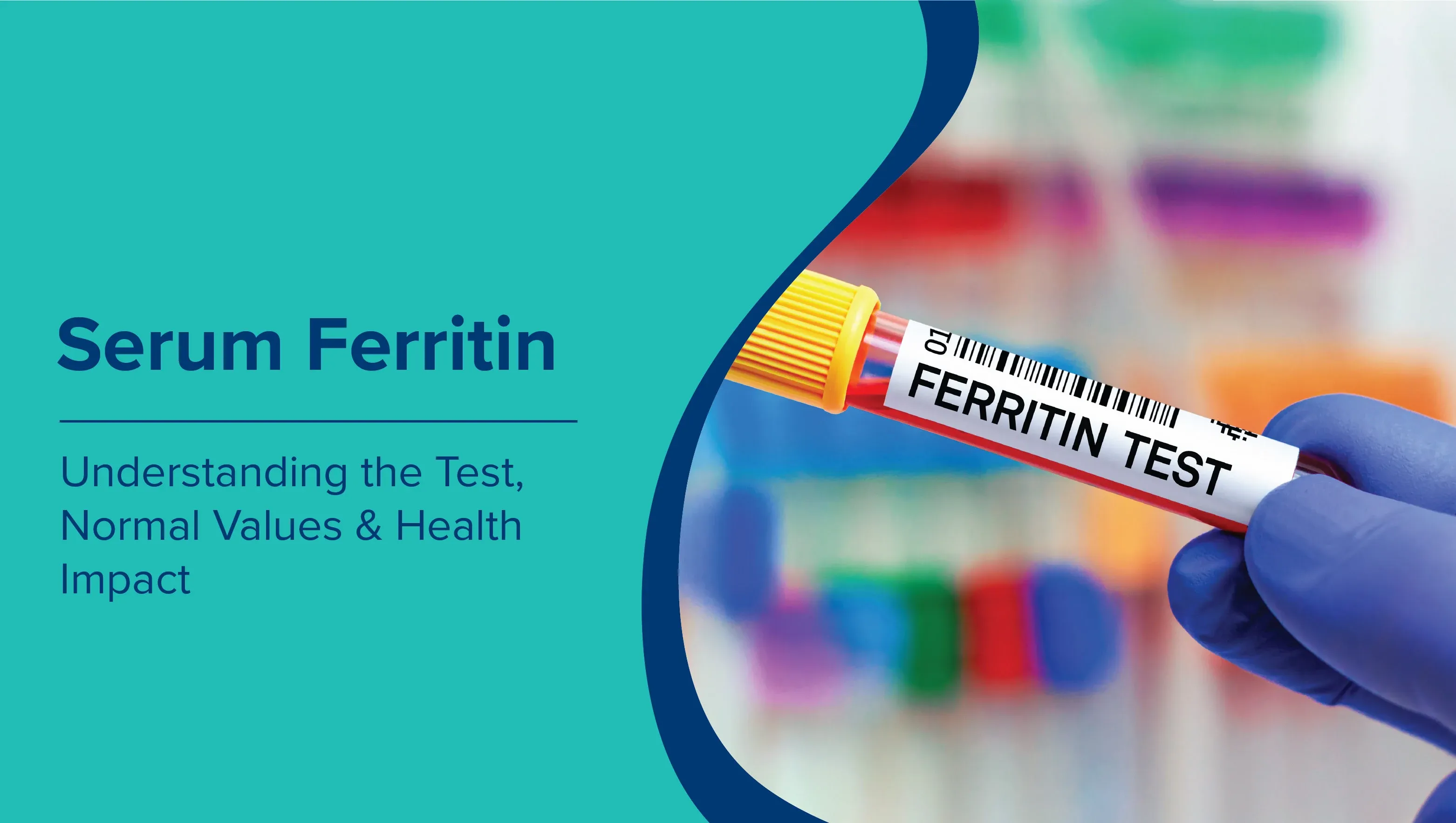The Procalcitonin (PCT) blood test has revolutionized the management and diagnosis of severe bacterial infection particularly the sepsis in modern medicine. Being an informative marker, it helps doctors to quickly define the presence and severity of bacterial infections thus helping them make life-saving treatment decisions.
The article will give a detailed discussion of the PCT blood test including its purpose, principal uses, procedure of the test and the interpretation of the normal and abnormal values. It also puts into context the current best practices in clinical establishment of the significance of this test in emergency and regular healthcare practice.
What Is Procalcitonin (PCT)?
Procalcitonin is a prehormone protein of the thyroid hormone calcitonin that is released by numerous tissues of the human body in response to pro-inflammatory mediators, particularly bacterial infection. In healthy individuals, procalcitonin level is very low in the blood. But in case of severe bacterial infection, the body produces procalcitonin in greater quantities and the level is usually proportional to the degree of infection.
What Is a PCT Blood Test?
The blood of the PCT tests the amount of procalcitonin in your blood. The measurement helps distinguish bacterial from non-bacterial (such as viral) causes of severe illness and systemic inflammation. The test is particularly valuable for the early detection of serious bacterial infections, including sepsis, and helps clinicians decide on the need for antibiotics or to monitor the progress of treatment.
Purpose and Uses of the PCT Blood Test
1. Detecting Bacterial Infections & Sepsis
- Sepsis is a potentially dangerous or life-threatening condition that may lead to the death of a person because it is caused by the extreme response of the body to infection, often bacterial one.It is essential to diagnose and treat it rapidly.
- The PCT blood test assists in determining whether there is sepsis or severe bacterial infection or not.
2. Distinguishing Bacterial vs. Viral Infections
- PCT increases significantly in bacterial infections but remains low in most viral infections and in non-infectious inflammatory conditions.
- This distinction assists doctors in making decisions about antibiotic therapy, helping to combat antibiotic overuse.
3. Guiding Antibiotic Therapy
- By identifying bacterial infections that genuinely need antibiotics, the PCT test supports prudent antibiotic use (antibiotic stewardship).
- Serial PCT measurements also help determine when to stop antibiotics safely, minimizing unnecessary drug use.
4. Management of Disease Severity and Prognosis
- Higher PCT value usually means more severe infection or transgressive sepsis and allows doctors to predict the risk and to increase or decrease the intensity of monitoring and treatment of the patient.
5. Treatment Response Monitoring
- A decrease in PCT level and subsequent improvement in the levels with time, in response to treatment, can indicate successful control of the infection whereas high or increased values of PCT might indicate the necessity of medical intervention.
6. Diagnosis of Particular infections in children
- In children, high PCT is useful in the diagnosis of serious bacterial infection including kidney infections in those with urinary tract infections.
7. Use Cases in Routine and Emergency Care
- Most commonly recommended for critically ill patients, people admitted to the emergency room, or those not responding to standard treatment for infection.
How Is the PCT Test Performed?
- A simple blood draw from a vein is required, similar to other blood tests.
- There is no special preparation or fasting required
- The blood sample is then tested in a laboratory with the use of immunoassay techniques.
Preparation and Precautions
- Patients should inform their healthcare provider about any medications being taken, as these may affect results.
- Results are typically available within a few hours to a day.
What does PCT Blood Test Measure?
- The standard test determines the amount of procalcitonin in the blood which is usually measured in nanograms per milliliter (ng/mL) or micrograms per liter ( mu g / L).
- PCT is almost undetectable in healthy people and increases rapidly (in 3-6 hours) when the person is infected by a significant bacteria.
PCT Blood Test: Normal Range
Procalcitonin is typically less than 0.05 ng/mL (or less than 0.05 ug/L), in healthy individuals, although there can be slight discrepancies according to the particular assay, and the particular laboratory.
Normal Ranges and Interpretation of Procalcitonin
|
PCT Level (ng/mL or µg/L) |
Interpretation |
|
<0.05 |
Normal value – No severe infection is detected; there is little or no likelihood of sepsis |
|
0.05 – 0.1 |
Low risk – Local infection risk; unlikely systemic infection |
|
0.1 – 0.5 |
Moderate risk – Likely local or mild systemic infection |
|
0.5 – 2.0 |
High risk – To develop systemic bacterial infection or sepsis is possible, high level observation is required |
|
2.0 – 10 |
Severe – Strong indication of serious bacterial infection or sepsis |
|
>10 |
Extreme - Very high possibility of septic shock/severe sepsis |
Note: Always refer to the specific laboratory’s reference ranges and compare with clinical findings when interpreting results.
Clinical Interpretation of PCT Levels
- Low PCT (<0.05 ng/mL): Bacterial sepsis is very unlikely. Infection is most likely a viral or non-infectious cause.
- Intermediate PCT (0.05–0.5 ng/mL): Could be early bacterial infection, localized infection, or non-specific inflammation. Monitoring and re-testing may be needed.
- High PCT (>0.5 ng/mL): Indicates a high likelihood of significant bacterial infection or sepsis; requires urgent clinical evaluation and potential antibiotic treatment.
- Very high PCT (>2 ng/mL and especially >10 ng/mL): Strongly suggests severe sepsis or septic shock. Immediate intervention and intensive care may be warranted.
Factors Affecting Procalcitonin Levels
- Some of the non-infective causes of PCT include major surgery, trauma, severe burns, prolonged shock and some cancers.
- False negatives can be within the very early part of infection (within 6 hours of onset), and the test must be repeated when there is a high suspicion.
Advantages and Limitations of PCT Testing
Advantages
- There is high relevance or high accuracy towards bacterial infection and sepsis in comparison to other biological markers such as CRP.
- Early detection: The level increases fast upon infection.
- Antibiotic stewardship: It helps in the reduction of the overuse of antibiotics.
Limitations
- Not a stand-alone test: Should always be used alongside clinical assessment and other lab findings.
- May be elevated in some non-bacterial conditions (e.g., after trauma, surgery, or in certain cancers).
- Not always elevated in localized infections (may remain low without systemic involvement).
When Is the PCT Blood Test Recommended?
- Critically ill patients with suspected sepsis or severe infection.
- Patients with pneumonia, urinary tract, or abdominal infections suspected of being bacterial.
- Monitoring progression or resolution of infection in hospital or intensive care settings.
- Guiding antibiotics use; especially important in settings with high rates of antibiotic resistance.
Final Word
PCT is a highly sensitive and specific biomarker with the aid of which clinicians can diagnose serious bacterial infection and sepsis rapidly.Its application has led to a better result in intensive care, pediatric and emergency medicine by helping to take medications at the right time and in the right way, thus avoiding the development of overtreatments and antibiotic resistance.Nevertheless, it needs to be interpreted when parameters of clinical picture and other laboratory results are put into perspective.















